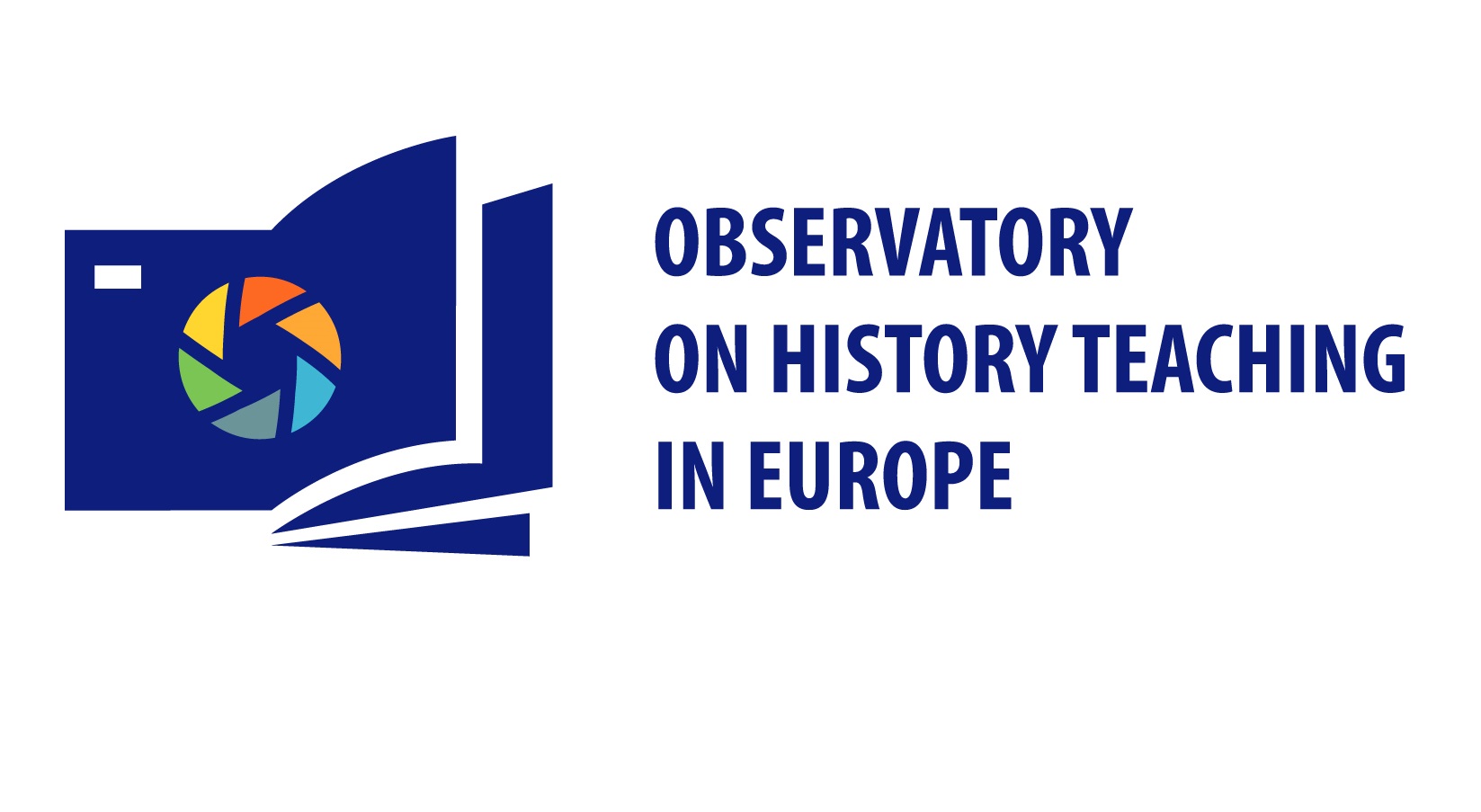Greece
STRUCTURE OF THE NATIONAL EDUCATION SYSTEM
 Source: Eurydice 2022/23
Source: Eurydice 2022/23
Education in Greece is compulsory for students aged 4-15. Compulsory schooling is divided into four stages:
- preschool education (nipiagogeio), ages 4-5;
- primary education (dimotikó), ages 6-12 (grades 1-6);
- lower secondary education (gymnásio), ages 13-15 (grades 1-3); and
- upper secondary education (lýkeio), ages 16-18 (grades 1-3).
In both primary and secondary education there are a range of different schools including those for children with learning difficulties. Textbooks are approved by the Ministry of Education and Religious Affairs.*
For more information on the national education system in Greece, please visit:
Ministry of Education and Religious Affairs
*OHTE Thematic report on "Pandemics and natural disasters as reflected in history teaching"
HISTORY IN SCHOOL
Data are currently being collected for the OHTE general report.
This section will host information on the space and time provided to ‘History’ as a subject matter within the three main levels of education (primary, lower secondary and upper secondary). It will also provide insights on the relationship between history and other school subjects.
HISTORY CURRICULUM
Data are currently being collected for the OHTE general report.
All general education schools follow the national curriculum. The teaching of history officially starts in the third grade (dimotikó) and continues throughout gymnásio. In general lýkeio, history is also taught throughout all three years, with varying numbers of hours depending on students’ choice of subject options. There are variations in the teaching between schools with different orientations (e.g. vocational high schools, ecclesiastical schools, minority high schools) as they have different textbooks and different teaching approaches. In the vocational lýkeio for example, history is only taught during the first year. In terms of teaching methodologies, every year the Ministry of Education and Religious Affairs issues a directive setting out the context and the ways in which history should be taught in all Greek schools, which are to be followed by teachers.*
Curricula workstation by GEI (History curricula search by country)
*OHTE Thematic report on "Pandemics and natural disasters as reflected in history teaching"
LEARNING OUTCOMES AND ASSESSMENT
Data are currently being collected for the OHTE general report.
This section will contain information on the learning outcomes set for history lessons within the different levels of education and on the methods of testing and assessment used in history examinations.
EDUCATIONAL RESOURCES AND PEDAGOGY USED IN THE HISTORY CLASSROOM
Data are currently being collected for the OHTE general report.
This section will host data on the study material and teaching practices used for history teaching within the different levels of education.
International TextbookCat (GEI collection of Textbooks and Educational Media)
HISTORY TEACHERS
Data are currently being collected for the OHTE general report.
This section will provide an overview of the number of history teachers within the different levels of education, as well as relevant information on teachers’ initial training and in-service training available to them.
Association for History Education in Greece (presentation by EuroClio)
Association for History Education in Greece (official website)
THEMATIC DATA
The Observatory on History Teaching in Europe also provides thematic studies on given topics.
2022: Pandemics and natural disasters as reflected in history teaching



